The Effects of the Current on the Starting Line
Article originally published in July 2007 on snipe.it Surely you have all experienced a starting line that was especially favored at one end. In some cases, the Race Committee has perfectly positioned the starting line square with the true wind, but doesn't consider a fundamental aspect: from the perspective of the sailors approaching the line, the line is still skewed.
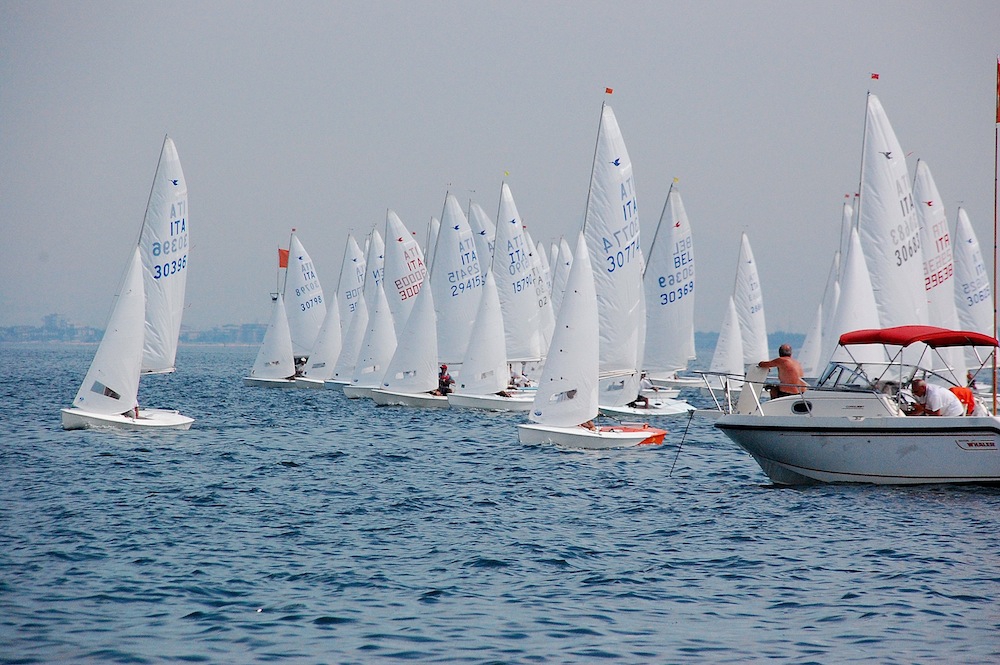

Article originally published in July 2007 on snipe.it
Surely you have all experienced a starting line that was especially favored at one end. In some cases, the Race Committee has perfectly positioned the starting line square with the true wind, but doesn’t consider a fundamental aspect: from the perspective of the sailors approaching the line, the line is still skewed.
We analyze a specific case. Why in Cervia (during the Piada Trophy in 2007) were there so many general recalls?
One reason is certainly the lively competitive spirit. But it is not the only reason. Or rather, what is the reason for so much competitive spirit? Why did so many fight to start close to the pin, and why could they immediately tack to port and cross the fleet? Why was anyone who tacked immediately very far in front and upwind of those who started just a little closer to the committee boat?
The reason is geometric and is linked to a discrete current.
From the Race Committee Boat the pin end was set perpendicular to the wind. However, the current ran along the starting line from the RC boat to the pin. To be more precise, the current direction (bearing) was 60-70 degrees to the right of the true wind on the first day, and maybe more on the last day of racing.
From a boat anchored, like the Race committee boat, the direction of wind, taken from the deck, is not influenced by the the current. It is obvious that the anchored boat does not move over the sea bottom (she turns due to the power of the current, but does not move relative to the bottom) and, therefore, the direction and intensity of the true wind are not affected by the current.
Now imagine a boat, not anchored, in the complete absence of wind, which moves with current. It will move – the comparison is Stuart Walker’s – as if on a moving carpet compared to the floor. The relative movement due to the current will create the tide wind, which is equal to the force of the current and in the opposite direction (of the current).
At this point we can add into the scenario the true wind. Our boat will detect a different wind direction from that taken by the anchored boat; this is called apparent wind and is shown in the diagram below. The “apparent wind over water” is calculated by the vector sum of the true wind and “tide wind”.
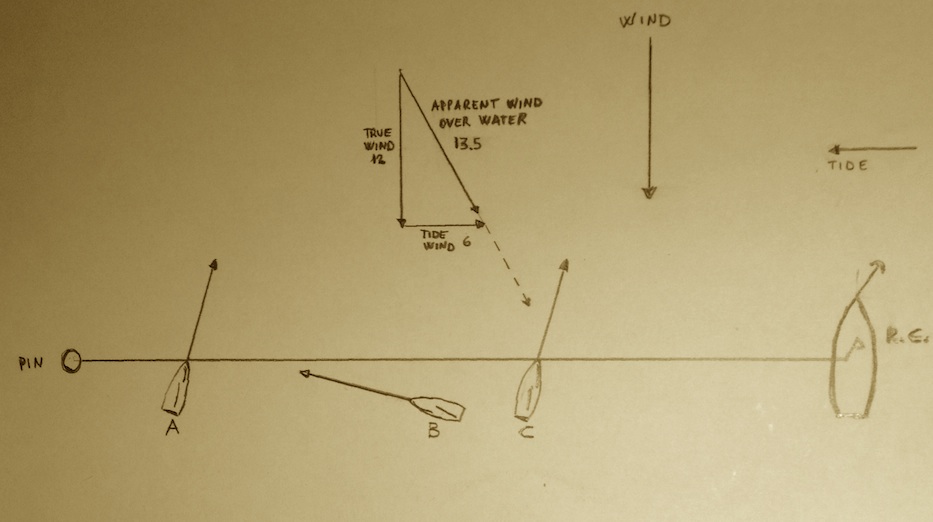
The picture exaggerates what really happened in Cervia. Here the current is at 90 degrees to the true wind and its intensity is equal to half the speed of the wind (6 knots of current and 12 knots of wind), so that the apparent wind over water appears much more deviated to the left. Even with the current less strong, its effects on the starting line are crucial.
Boat A and Boat C are starting on port with an excellent angle off the line, while Boat B is crossing the line on starboard with difficulty.
It’s clear that, in the presence of lateral-current, it is essential to set the starting line at 90 degrees to the apparent wind over water. Ths is not easy from an anchored boat. The expert race committee in Cervia moved the pin end downwind, until it was not so much favored.
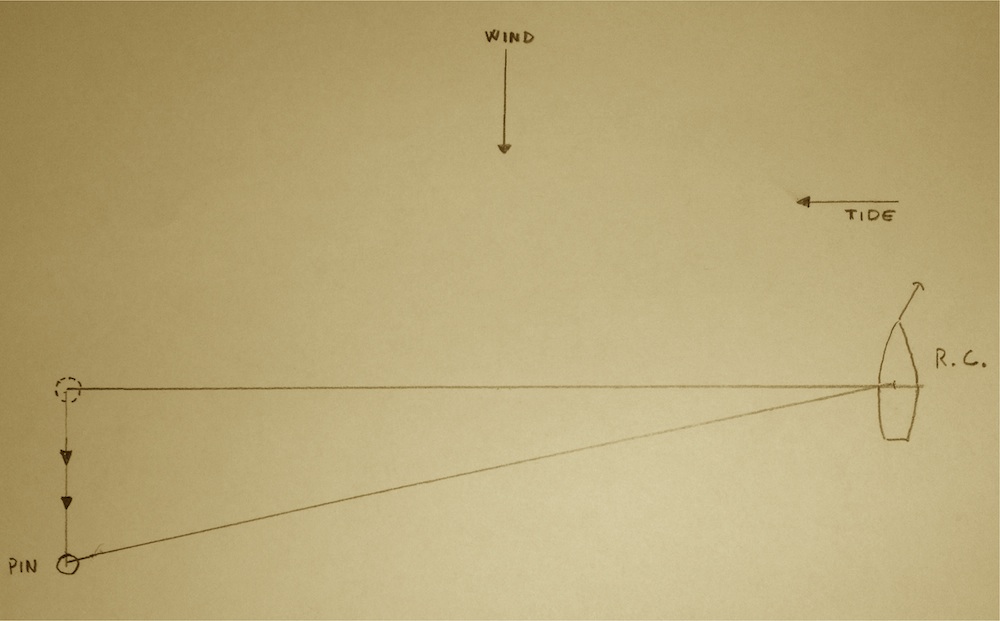
Finally we have to consider that the current, in addition to the starting line, also changes the geometry of the race course. In cases like this, the port tack is always longer than the starboard tack, and continuing on port tack, it takes more time to reach the starboard lay line then it happens when you sail on starboard to the right side of the course. This also affects tactical and strategic decisions.
The ISAF Race Management Manual has a specific section about the general effect of a current on a course (section L.7 “Adjusting a course for currents”, p. 163)
Comments for this post are closed

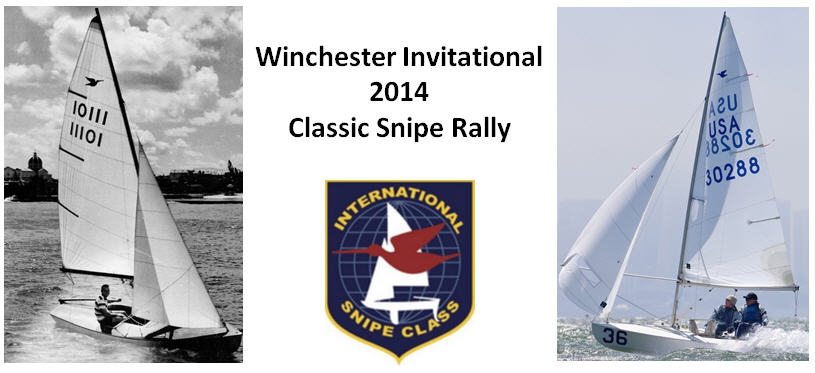
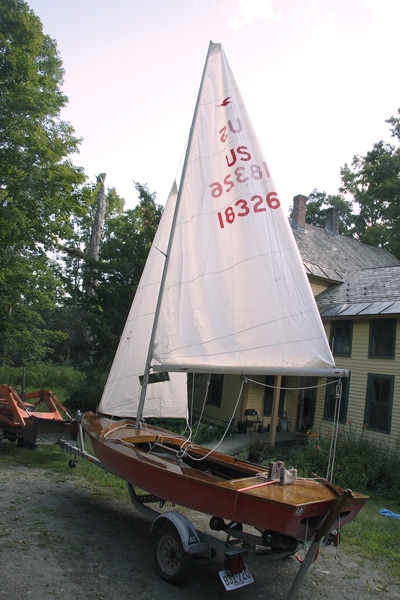
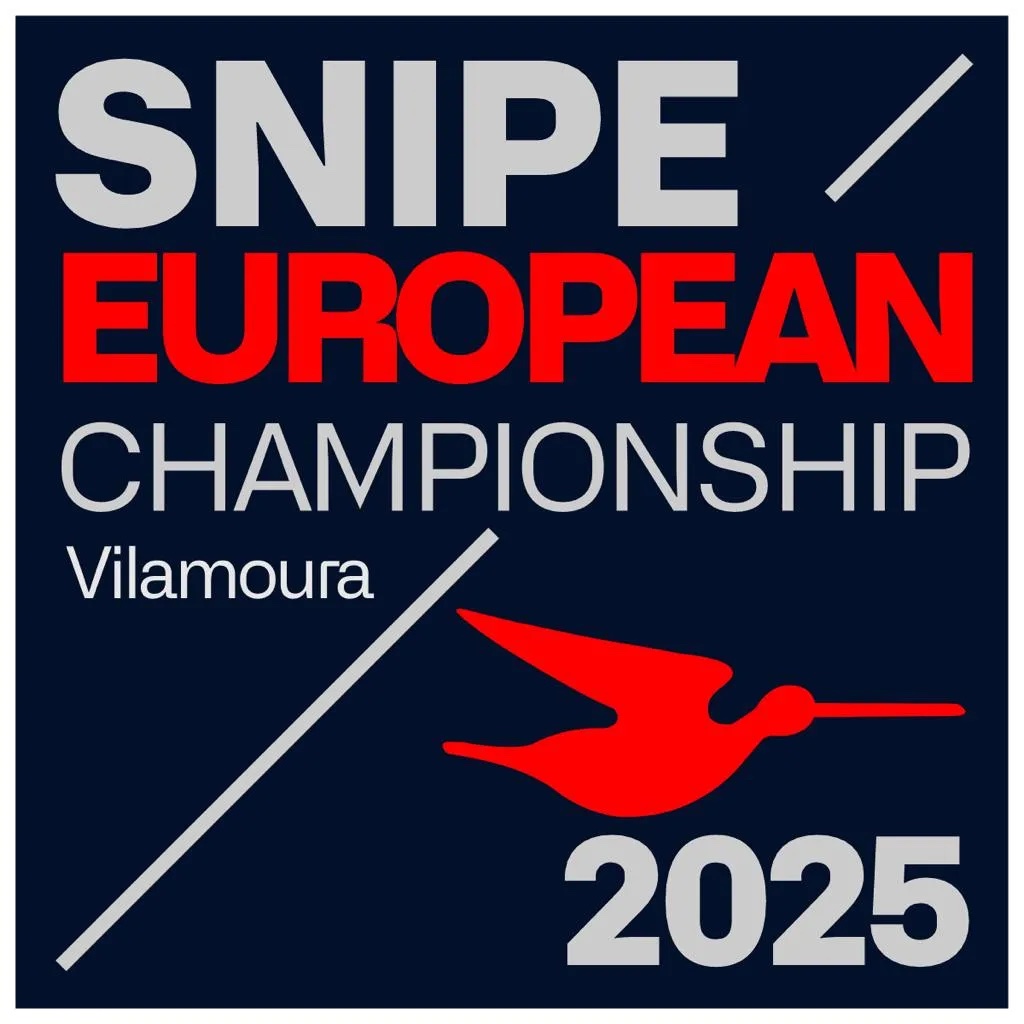
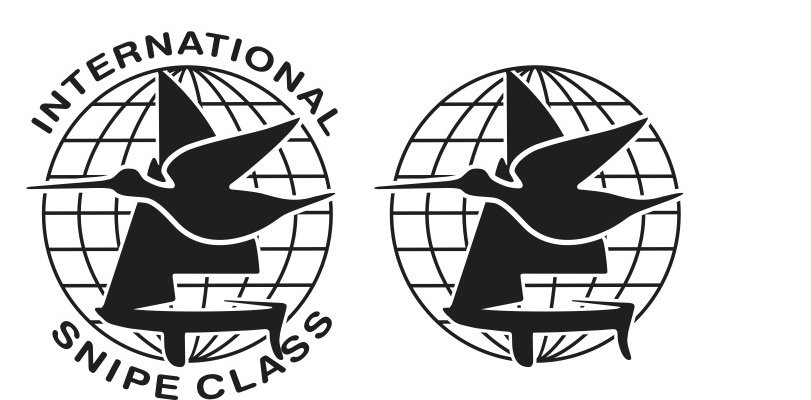
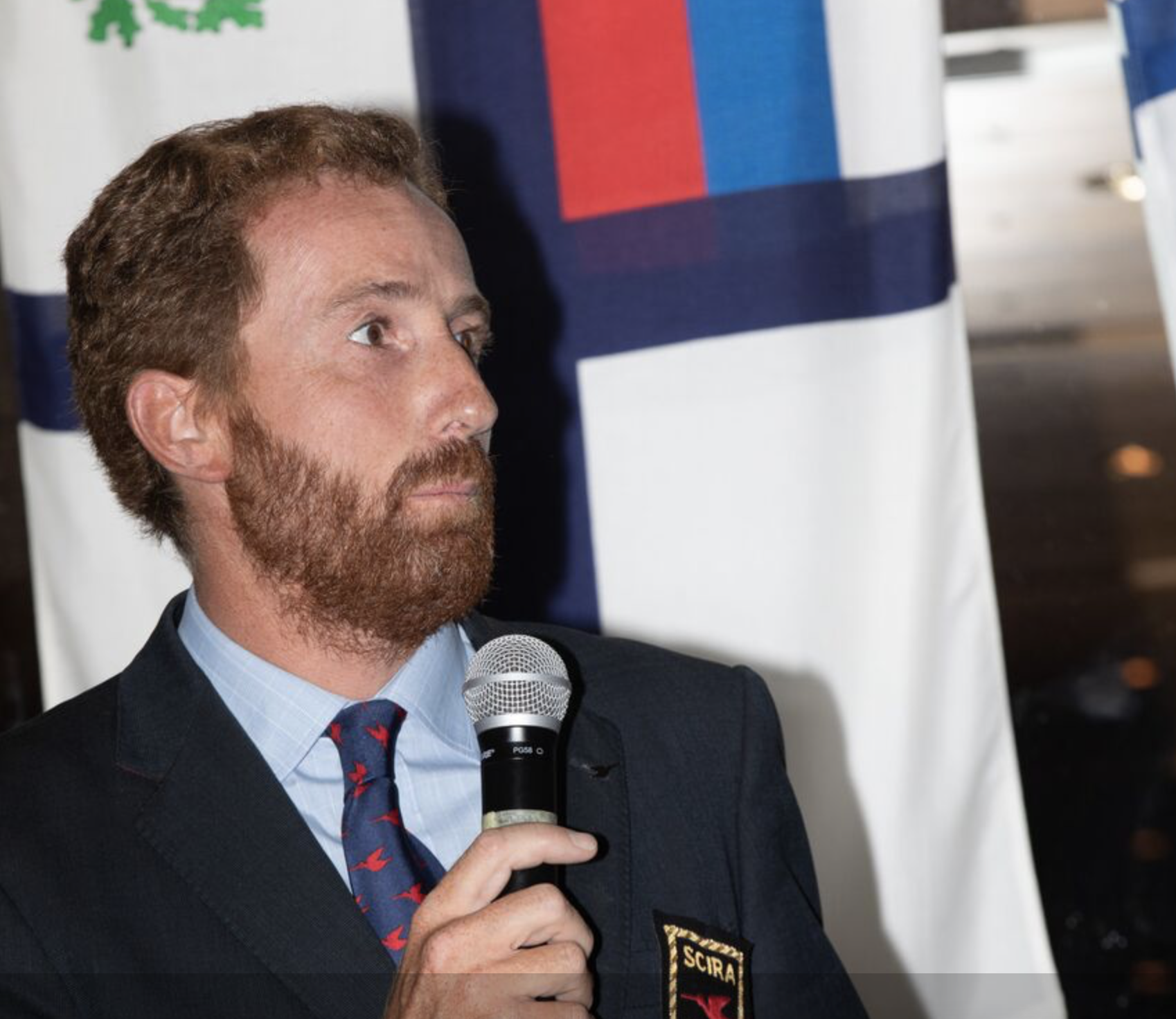
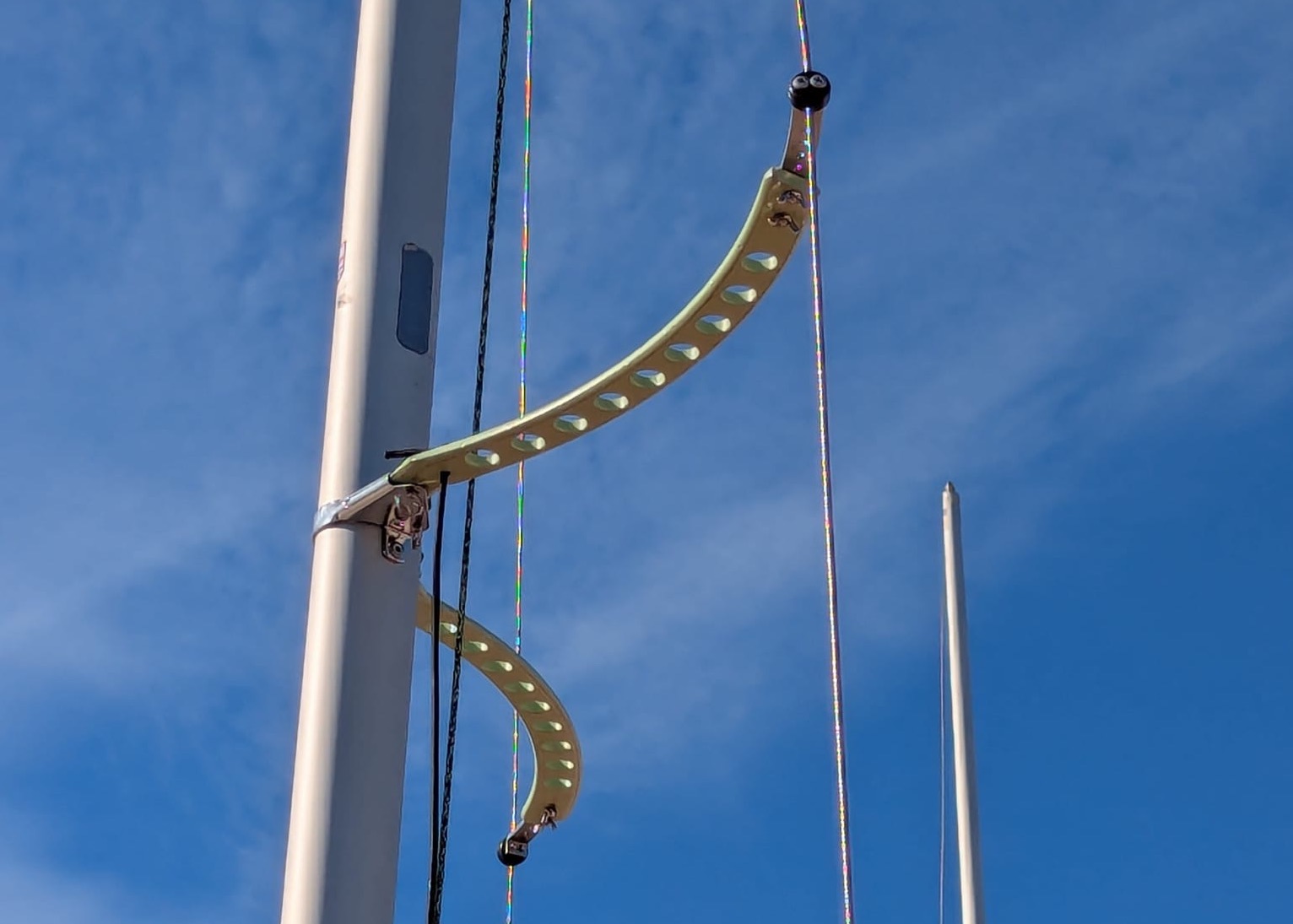
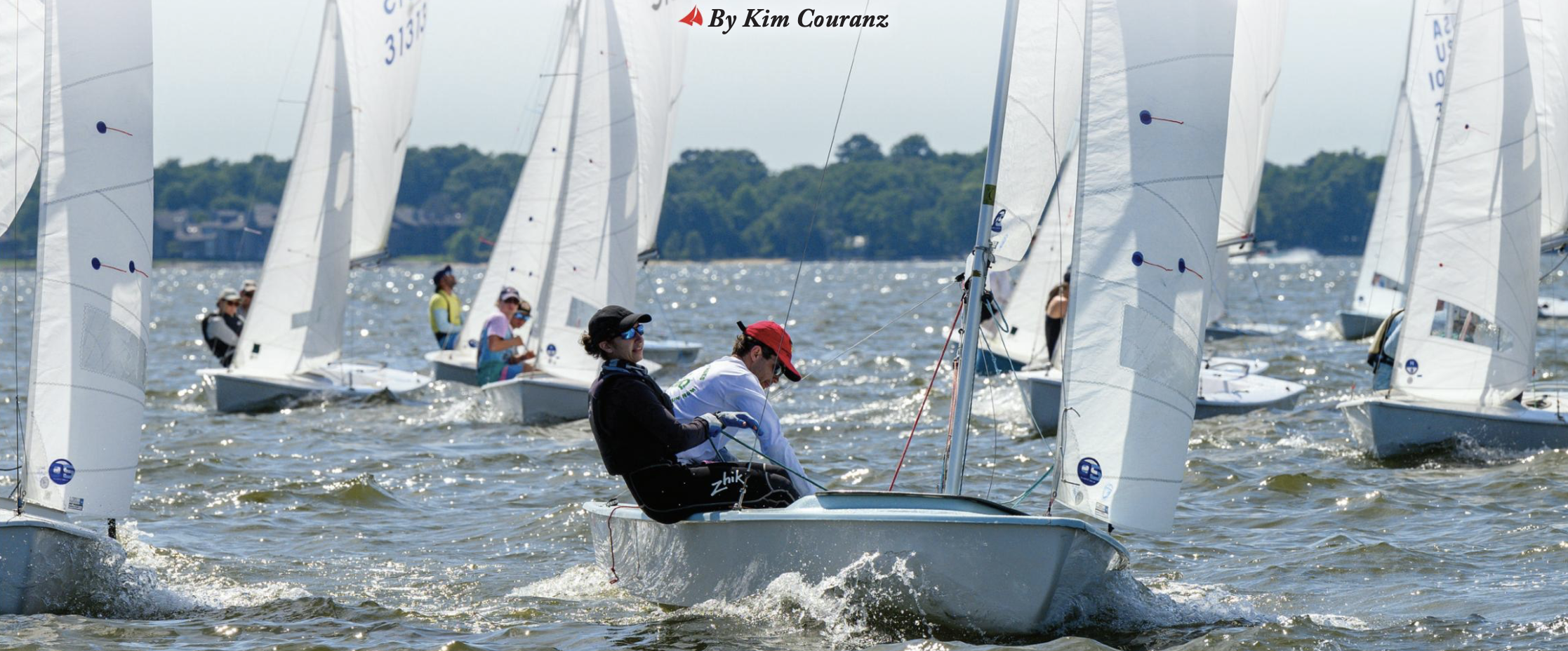
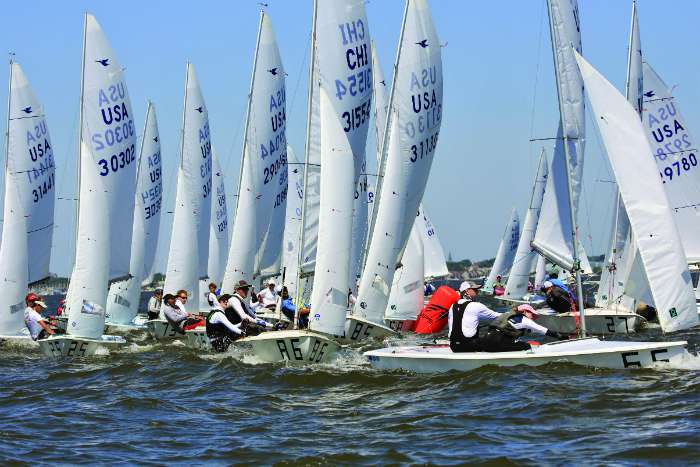
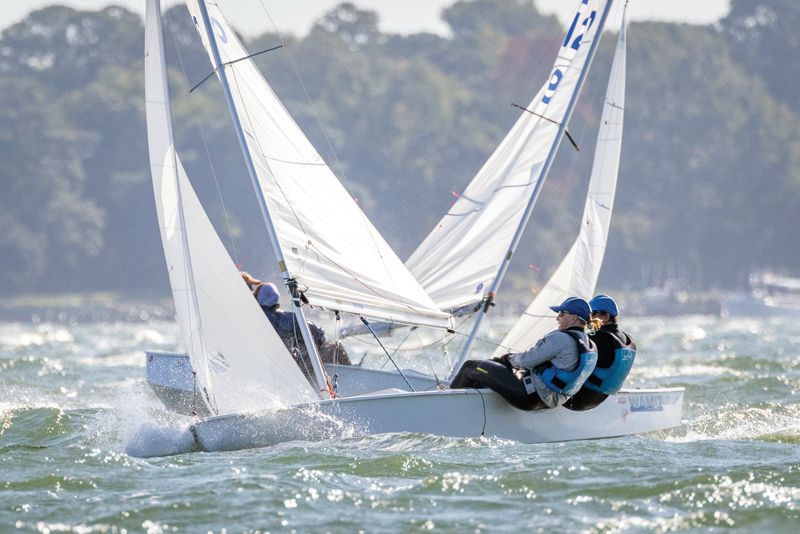

0 comments